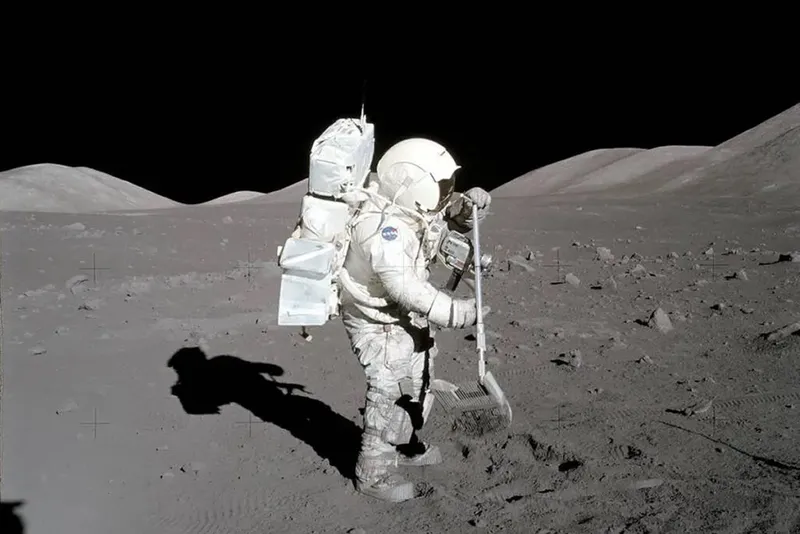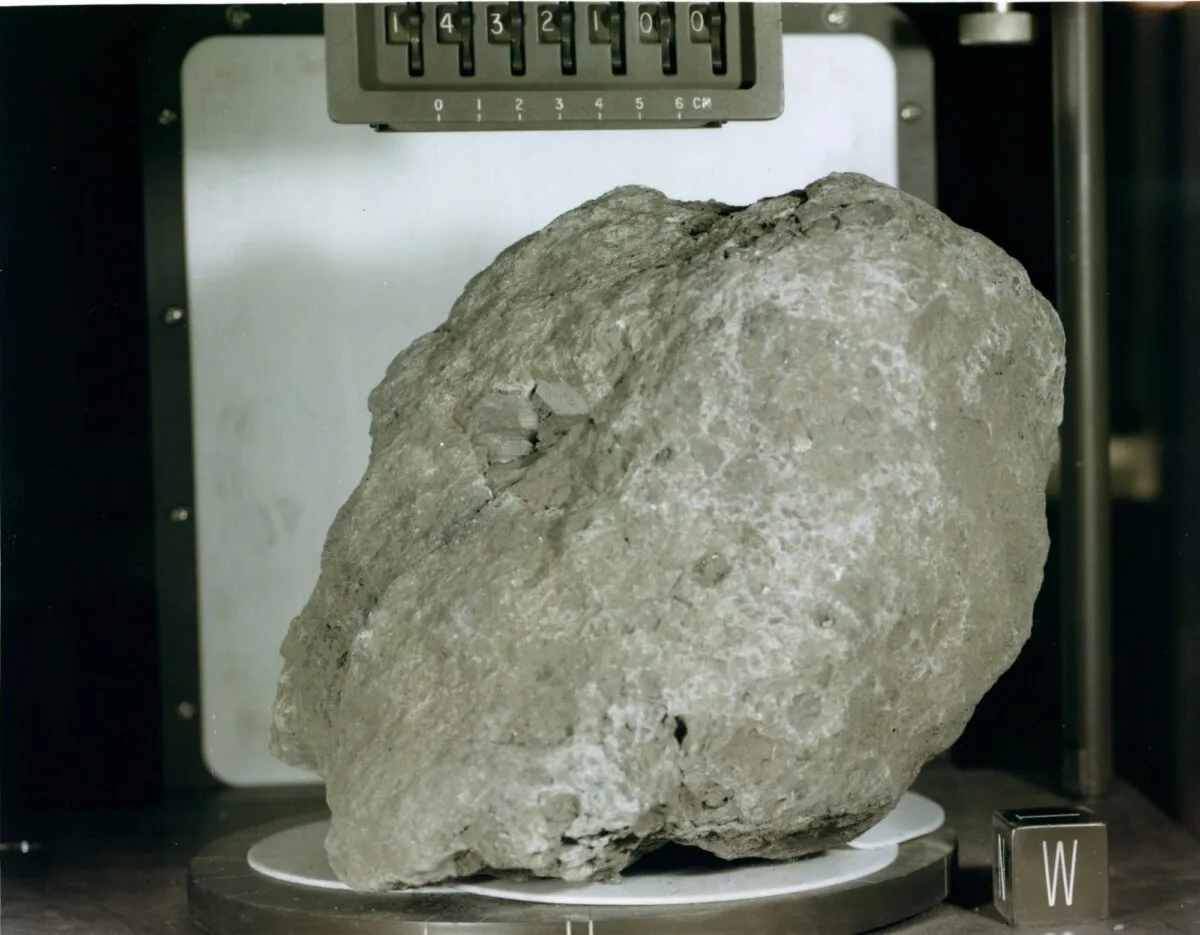The Moon is 4.46 billion years old and, if you know how old Earth is, you'll know that it's older than the Moon.
So this must mean that Earth didn't always have a Moon, right?
This is true. Although Earth formed at the same time as the other Solar System planets, it wasn’t initially accompanied by a natural satellite.
Instead, the Moon is thought to have been created later, in the aftermath of a collision between young Earth and another infant planet the size of Mars, called Theia.
The impact created a plume of debris that eventually coalesced to form the Moon.
Calculating the age of the Moon

But how is it possible to wind the clocks back and work out when the Moon formed and, therefore, how old it is?
To discover when the Moon formed happened, geologists need lunar rocks, which we luckily have in abundance thanks to the Apollo astronauts, who collected lunar samples and brought them back to Earth for study.
These were taken from a variety of locations across the lunar surface and so give a variety of different ages.
Some were even put in storage so that future generations could use newer technology to analyse them in greater detail.
And for many years, the oldest rock was thought to come from samples collected by the Apollo 14 mission.

However, to commemorate the 50th anniversary of the first lunar landing, several lunar rocks were unsealed for testing using the advanced methods available today.
The wait paid off, because sure enough, newer technology was used to study the lunar samples and learn more about their age.
Radiometric tests on the Apollo 17 samples revealed a rock that was 4.46 billion years old, 40 million years more than the previous lunar record holder.
This means that 4.46 billion years old is the most up-to-date estimate as to how old the Moon is.
This article originally appeared in the April 2024 issue of BBC Sky at Night Magazine
